You've likely heard of neurotransmitters. These are the chemical messengers in our brains that dictate how we feel, think, and behave. They play a role in everything from appetite to sleep, motivation to mood, memory to libido, and so much more.
To fully understand how neurotransmitters work, you'd need to study them in a lot more detail than we could ever explain in a single blog post. We're just gonna go over the basics of what neurotransmitters are, what they do, and which ones some of the more popular nootropics work on.
What Are Neurotransmitters?
Neurotransmitters are chemicals produced naturally in the body that allow neurons to communicate with each other. When one neuron (nerve cell) needs to communicate with another neuron, it releases neurotransmitters in a junction called a synapse. Those neurotransmitters then bind to the receptors of the receiving neuron, sending the chemical message from one neuron to the next.
Sound complicated? That's because it is. Neurotransmission is an incredibly complicated process and one that's far from being fully understood. It's only been in the past 100 years that we've known about this interesting process. And it's only been within the past few decades that we've had the technology to study how neurotransmitters work in the brain.

Neuron (nerve cell)
The first neurotransmitter to be discovered and identified was acetylcholine. It was discovered in 1915, but not in the brain – it was discovered in the heart. Since then, more than 100 different neurotransmitters have been discovered.
Now that we know what neurotransmitters are, let's take a look at some individual ones. Since acetylcholine was the first neurotransmitter to be discovered and is affected by many nootropics, it's the perfect place to start.
Acetylcholine
As mentioned above, acetylcholine was the first neurotransmitter to be discovered. At the time, it was found to affect heart tissue. We now know that it does a lot more.
 Acetylcholine has important functions in the central nervous system (CNS) and the peripheral nervous system (PNS). In the PNS, it works by activating muscle tissue. In the CNS, acetylcholine is known to play a role in memory, learning, arousal, and reward.
Acetylcholine has important functions in the central nervous system (CNS) and the peripheral nervous system (PNS). In the PNS, it works by activating muscle tissue. In the CNS, acetylcholine is known to play a role in memory, learning, arousal, and reward.
Low levels of acetylcholine in certain parts of the brain have been associated with brain fog, poor memory, and difficulty learning. Supplementing with cholinergics can increase levels of acetylcholine in the body and brain.
Cholinergics are things that increase acetylcholine levels in the body and brain. They are a popular class of nootropic because they work well with other nootropics and are generally very well tolerated.
Popular cholinergic nootropics include:
Some nootropics, especially racetams like piracetam and oxiracetam, can cause headaches in some people. It is thought that this is due to low levels of acetylcholine in the brain. Taking a cholinergic with them often eliminates the headaches.
Serotonin
Of all the neurotransmitters, this one is probably the most well-known. Serotonin (5-hydroxytryptamine or 5-HT) is a neurotransmitter that is known to play a role in mood, appetite, sleep, and general well-being.

SSRI's like Prozac are a type of antidepressant that affects serotonin.
It's well-known because of drugs like Prozac (fluoxetine), Zoloft (sertraline), and Paxil (paroxetine). These are antidepressants and belong to a class of drugs called SSRI's – selective serotonin reuptake inhibitors. SSRI's work by changing the way serotonin acts in the synapse. To explain it simply, SSRI's cause serotonin to stay in the synapse longer, giving it a better chance to bind to the receptors of the target neuron.
Low levels of serotonin are commonly found in people that suffer from depression. That's why it was thought that depression might be caused by low serotonin. The medical and scientific community are now starting to realize that depression is much more complicated than a single neurotransmitter. Though serotonin may play some role in depression, it's certainly not the whole story.
Several nootropics work by either increasing serotonin levels in the body or by changing the way serotonin works in the brain. Some affect serotonin directly while others have a more indirect mechanism of action.
Popular serotonergic nootropics:
While it doesn't play as large a role in learning, memory, and motivation as some other neurotransmitters, increasing serotonin levels in the brain can have indirect nootropic effects. Improving mood and well-being often result indirectly in increased motivation, focus, and memory.
Dopamine
Dopamine (short for 3,4-dihydrophenethylamine) is an important neurotransmitter that is associated with motivation, pleasure, libido, energy, and focus. Most addictive drugs, from alcohol to cocaine, affect dopamine in some way.
 Some drugs, like cocaine, work on dopamine in much the same way that SSRI's work on serotonin. Cocaine is a dopamine reuptake inhibitor, leaving dopamine in the synapse longer, giving it more time to bind to the receptors of the neighboring neuron. Other drugs, called agonists, work by binding directly to dopamine receptors. Lastly, some drugs work simply by increasing dopamine levels throughout the brain.
Some drugs, like cocaine, work on dopamine in much the same way that SSRI's work on serotonin. Cocaine is a dopamine reuptake inhibitor, leaving dopamine in the synapse longer, giving it more time to bind to the receptors of the neighboring neuron. Other drugs, called agonists, work by binding directly to dopamine receptors. Lastly, some drugs work simply by increasing dopamine levels throughout the brain.
Low dopamine levels are associated with a lack of energy, lack of enjoyment (anhedonia), low sex drive (low libido), and low motivation. Some newer antidepressants work by targeting dopamine receptors in the brain. There are also older antidepressants, called MAOIs (monoamine oxidase inhibitors), that work by increasing dopamine levels. Unfortunately, they affect the levels of other monoamines (the class of neurotransmitters dopamine is in) and have tons of side effects.
There are several nootropics that either increase dopamine levels or bind directly to dopamine receptors. They are being used to increase motivation, focus, creative thinking, and energy levels.
Popular dopaminergic nootropics include:
GABA (gamma-aminobutyric acid)
Gamma-AminoButyric Acid, or GABA for short, is the primary inhibitory neurotransmitter in humans. It is associated with anxiety, sleep, relaxation, and other functions throughout the brain and body.

GABA is a neurotransmitter associated with anxiety, relaxation, and sleep.
Several classes of anxiolytic (anti-anxiety drugs) affect GABA. Benzodiazepines and barbiturates are two examples. Newer drugs like Neurontin (gabapentin) and Lyrica (pregabalin) also work by affecting GABA, either directly or indirectly. Though only FDA approved for a few specific disorders, doctors have used these two drugs off-label to successfully treat dozens of different conditions. Some of the things these GABAergic drugs are being used to treat include generalized anxiety, OCD, restless leg syndrome, social anxiety, various phobias, bipolar disorder, depression, and several other disorders.
There are a number of nootropics that work by affecting GABA in the brain. They are generally the ones that reduce anxiety and promote feelings of well-being.
Some GABAergic nootropics include:
Conclusion
Neurotransmitters – what they are, how they work – are something that's still not fully understood. Brain science is a fascinating, rapidly developing, multi-disciplinary field with major breakthroughs happening regularly. We know much more about the brain now than we did even ten years ago.
We have only scratched the surface of the top of the tip of the iceberg that is neurotransmission. There are many other neurotransmitters with a variety of functions. These are just four of the neurotransmitters that are commonly affected by nootropics.
Everything – from the way you feel to the way you think – is controlled by neurotransmitters. Do you have trouble getting motivated? Are you often in a gloomy, blue mood? Do you worry about everything? All these things are the direct result of neurotransmission in your brain. Learning what neurotransmitters are, how they work, and how to change them with nootropics can be a life-changing pursuit.
To learn more about nootropics, sign up for the Nootropics Zone newsletter. You'll get the free gift, The Ultimate Nootropics Quick Reference Guide.
[This article was originally published on June 11, 2016. Updated January 28, 2022.]

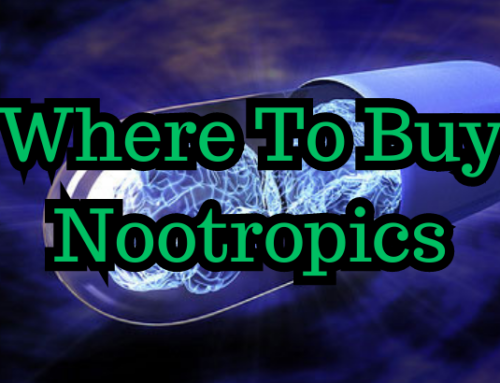
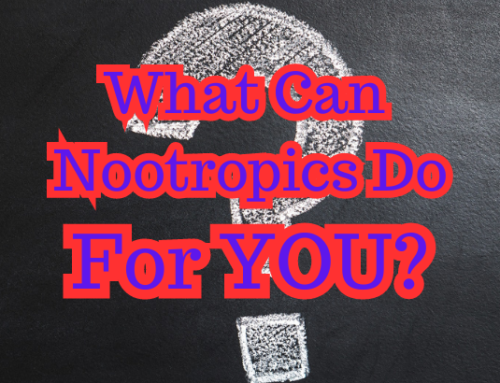
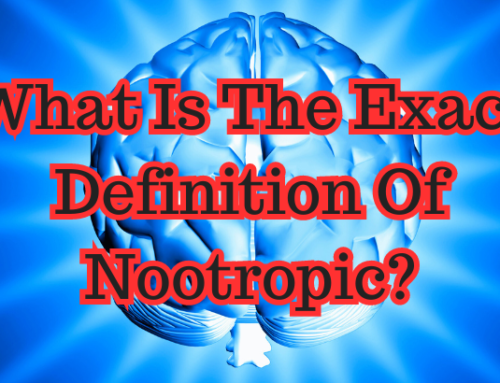
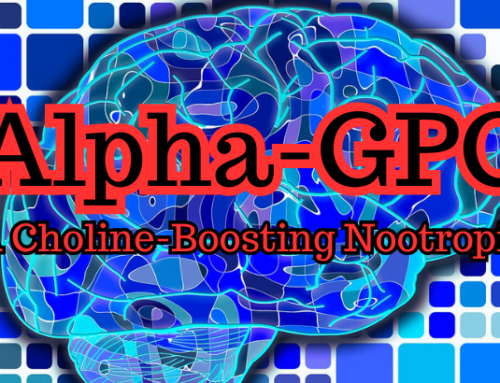
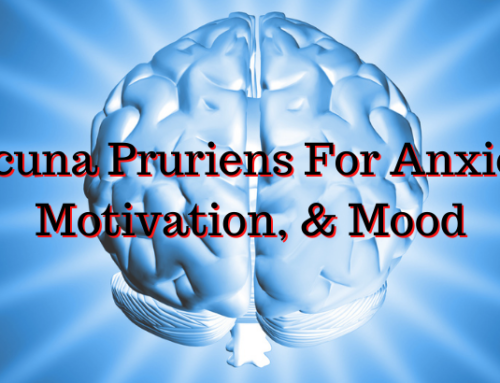

Leave a Reply